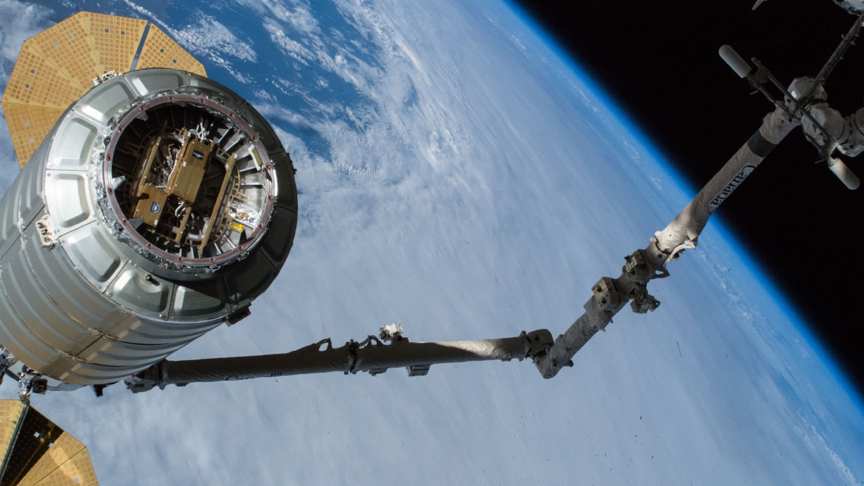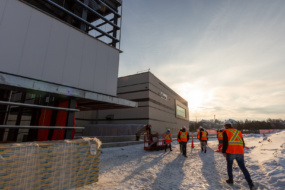Lynk announced yesterday that it has completed a demonstration of its direct-to-phone telecom service from its fifth satellite. The company said the satellite connected to thousands of devices on three continents.
The Virginia company is hoping to roll out its direct-to-phone two-way communications service later this year. In the meantime, the demo results show that the satellites can connect to phones and provide messaging capabilities without any add-on receivers—and without the devices “knowing” they were even part of the test, Lynk CEO Charles Miller told SpaceNews.
The vision: We spoke to Miller back in October about Lynk’s technology. To paraphrase, he said Lynk’s satellites mimic cell towers. They’re compatible with the 3GPP protocol, the global standard for mobile phones. “In this way, we are backward-compatible with every existing mobile phone on the planet that’s 2G, 3G, 4G, or LTE,” Miller said. “And in the future, 5G as well.”
Lynk’s targeting initial service for mobile network operators (MNOs) and mobile users in “black spots,” areas where their phones can’t reach a terrestrial cell tower. Lynk’s market research showed that ~15% of mobile users globally are disconnected at any given time. Devices in black spots can request satellite-to-phone service—and, as the tech demo showed, the satellite is happy to oblige.
The execution: Lynk reported that its satellite connected to thousands of devices in the US, UK, New Zealand, Bahamas and Canada. And that’s not just phones and tablets—the service reached IoT devices, cars, and tractors, according to a press release. These devices came from eight out of the world’s top ten mobile network operators.
Lynk has contracts with seven MNOs, which will be the first to benefit from the “cell towers in space” when they go online in a rollout planned for later this year. The company said more MNO partnerships are on the way.
- Once service is switched on, Lynk’s satellites will only support data-light applications (like SMS messaging).
Up next: Last year, Miller told us a critical mass of ~1,500 satellites would be required for global coverage. That’s the first step (or leap). Then, Lynk will funnel revenue into developing more powerful, next-gen satellites that unlock more capacity on the network—and support more bandwidth-intensive applications. “We’ll create this virtuous cycle,” Miller said. And it all starts with these initial demos.




